Informal Business Letter Template for Professional Use
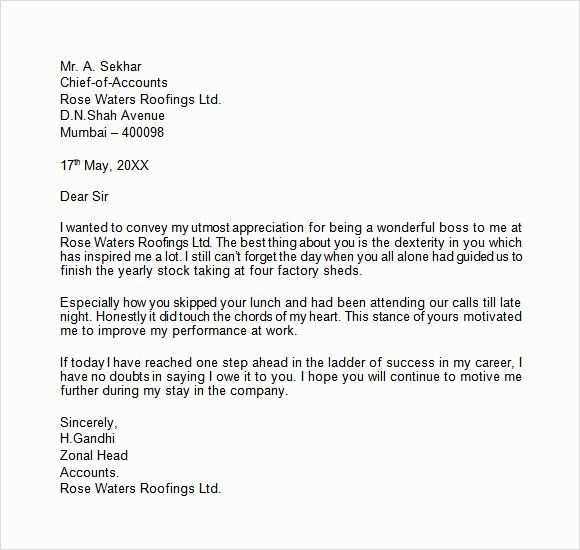
In the world of professional interactions, sometimes a more relaxed approach to communication is necessary. This style allows for a personal touch while still maintaining professionalism. Knowing how to balance a friendly tone with clarity can help make your messages more effective and well-received.
Essential Elements for a Relaxed Communication
When composing a letter in this style, it’s crucial to keep it clear, friendly, and direct. The tone should feel conversational yet respectful. The following are key components to consider:
- Greeting: Start with a warm but professional salutation, using the recipient’s name if possible.
- Introduction: Briefly introduce the purpose of your message without being too formal or lengthy.
- Main Message: Get to the point with a clear, concise explanation of what you need or are offering.
- Closing: Finish with a polite and friendly note that invites further communication.
Customizing Your Approach
Every recipient may have different expectations, so adjust the tone accordingly. Some may appreciate a more formal approach, while others might prefer a casual conversation. Try to match their style to foster a more natural flow of communication.
Examples of Effective Messages
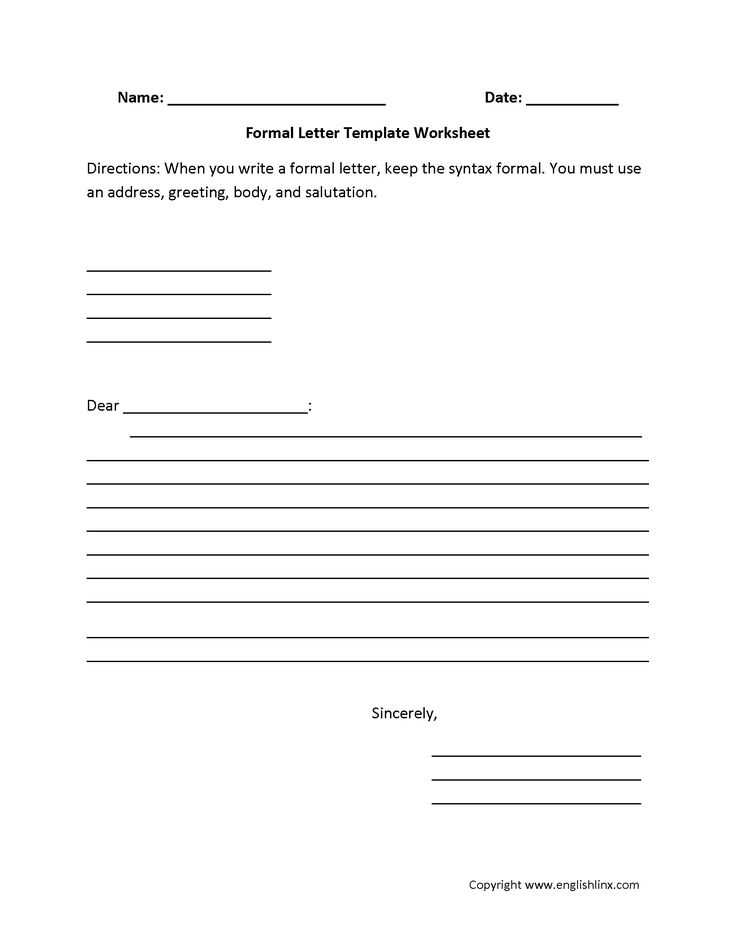
Here are a few sample structures for casual professional messages:
- Friendly Request: “Hi [Name], I hope you’re doing well. I wanted to check in regarding [topic] and see if you had any updates. Looking forward to hearing from you.”
- Polite Reminder: “Dear [Name], just a quick reminder about the [task]. I would appreciate your feedback at your earliest convenience.”
- Expressing Gratitude: “Hello [Name], thank you so much for your assistance with [specific task]. It was a great help, and I look forward to working with you again.”
Avoiding Common Pitfalls
While maintaining a friendly tone, avoid crossing into overly familiar language or using slang. It’s important to stay clear of overly casual phrases that might reduce the professionalism of your message.
- Too casual greetings: Using phrases like “Hey” or “Yo” may not suit every situation.
- Overuse of exclamation marks: While enthusiasm is good, excessive punctuation can make you seem unprofessional.
- Excessive informality: Make sure the message is still clear and structured, avoiding overly colloquial speech.
When to Use a Relaxed Style
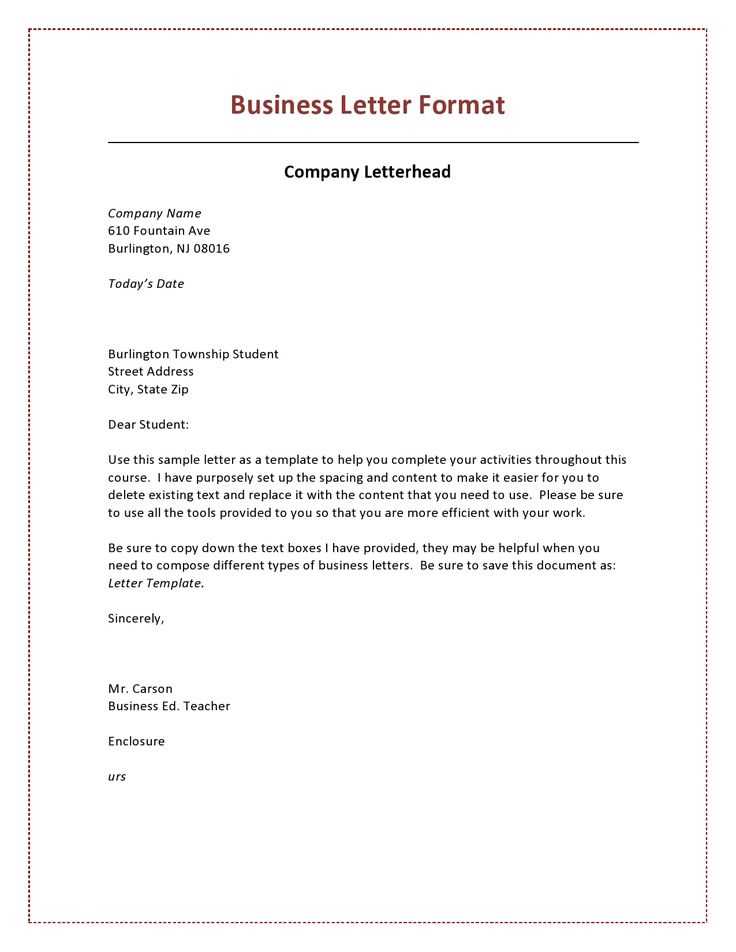
This style of communication is suitable when you have an established relationship with the recipient or when a less formal approach is more appropriate for the situation. It can help convey openness and approachability while still respecting the context of the conversation.
Overview of Casual Professional Correspondence
Key Elements of a Relaxed Message
How to Customize Your Approach
Examples of Friendly Workplace Communication
Guidelines for Maintaining a Warm Yet Professional Tone
Common Mistakes to Avoid
Knowing When to Use a Relaxed Approach
Effective communication in a professional setting doesn’t always require rigid formalities. There are times when a more relaxed style is both appropriate and effective, allowing for personal connection while maintaining respect and professionalism. Understanding the structure and tone to use can help make these messages more impactful.
Key elements in casual professional communication typically include a friendly opening, a concise and clear message body, and a polite, open-ended closing. The tone should always align with the purpose and the relationship between the sender and recipient. While this approach allows for more flexibility, it’s important not to sacrifice clarity or professionalism.
How to Customize Your Approach
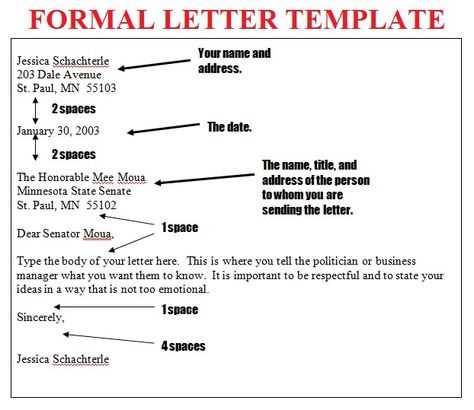
Adapting your message to fit the recipient is essential. A message to a close colleague may have a different tone than one addressed to a client or supervisor. Tailoring your language helps ensure that the message feels genuine and appropriate for the relationship. Pay attention to the recipient’s communication style and adjust accordingly.
Examples of Friendly Workplace Communication
Here are some practical examples of how to structure your communication in a relaxed yet professional manner:
- Friendly Request: “Hi [Name], hope you’re doing well! Just wanted to check in and see if you had a chance to look over the document I sent.”
- Polite Reminder: “Hey [Name], just a friendly reminder about the meeting on Friday. Let me know if there’s anything I can help with before then!”
- Gratitude Message: “Dear [Name], thank you for your help with [specific task]. I truly appreciate your effort and time.”
Guidelines for Maintaining a Warm Yet Professional Tone
To strike the right balance, use language that is inviting but respectful. Avoid overly casual expressions, but aim to sound approachable and positive. Phrases like “I hope you’re doing well” or “Looking forward to hearing from you” help maintain warmth while remaining courteous.
Common Mistakes to Avoid
Even in relaxed communication, it’s important to avoid certain missteps. Common errors include using overly casual greetings like “Hey” or “What’s up,” which may come across as unprofessional, or using too many exclamation points that could dilute the message’s seriousness. Ensure that your message is still structured and clear, even if the tone is friendlier.
Knowing When to Use a Relaxed Approach
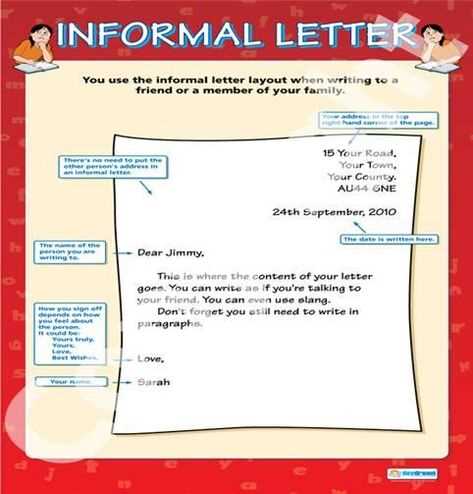
A casual tone is most appropriate when you have an established relationship with the recipient or when the situation allows for a more approachable style. It’s not always suitable for formal situations or when you’re communicating with someone you don’t know well. Understanding the context will help you decide when this style is best used.